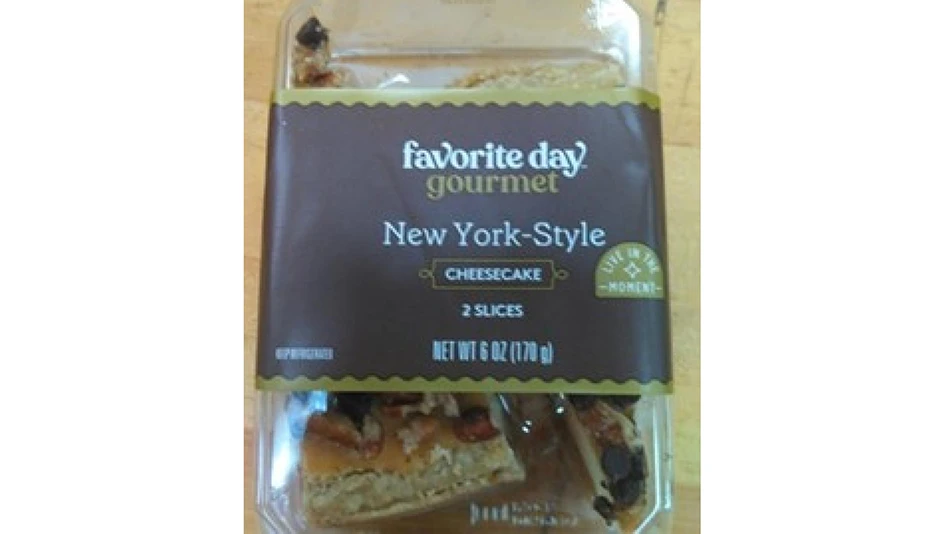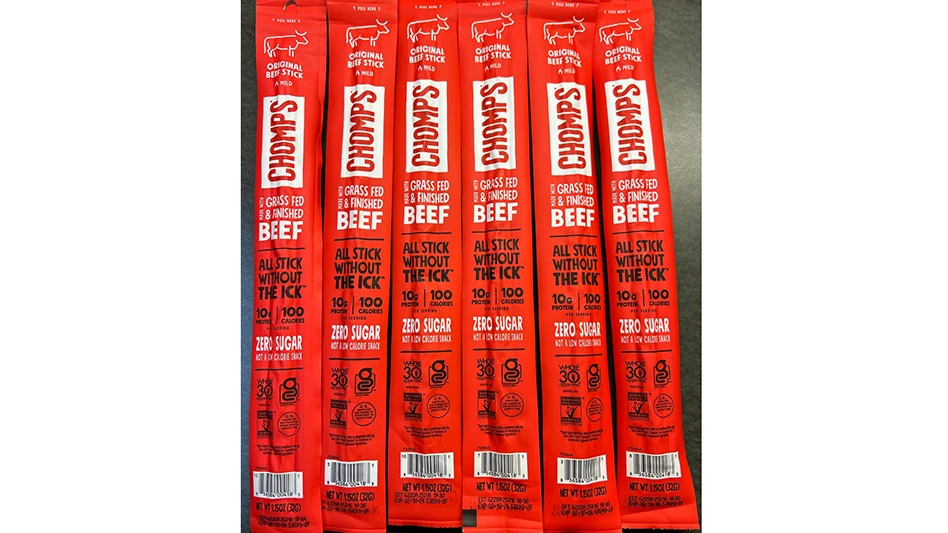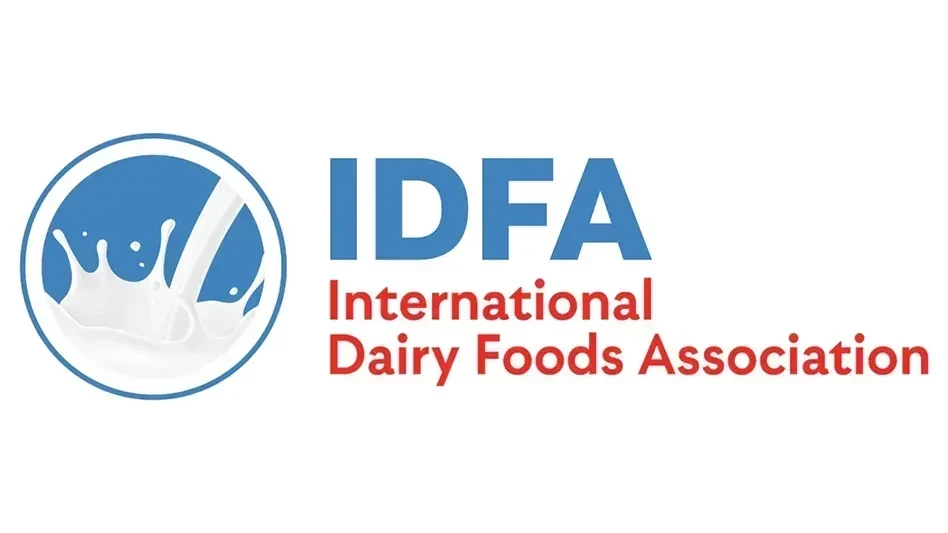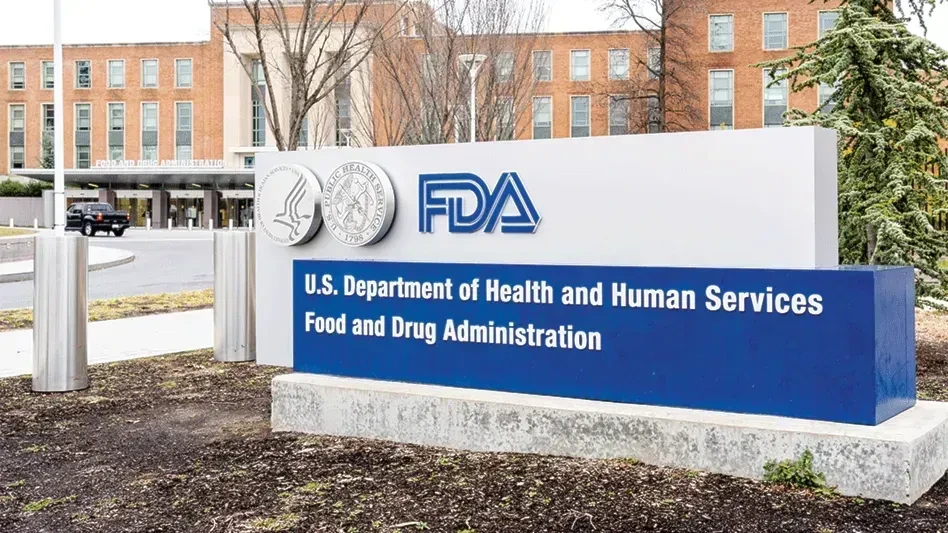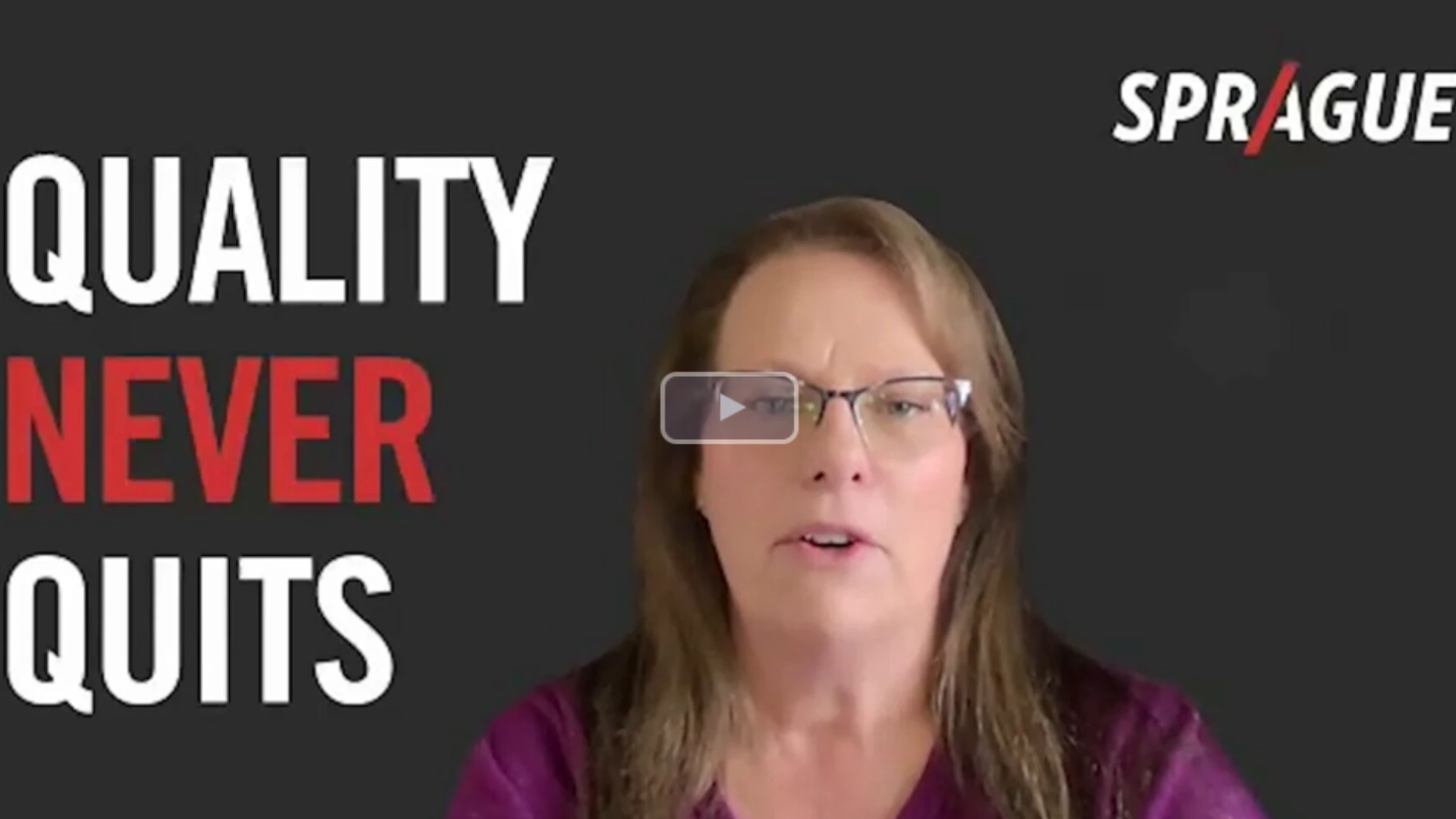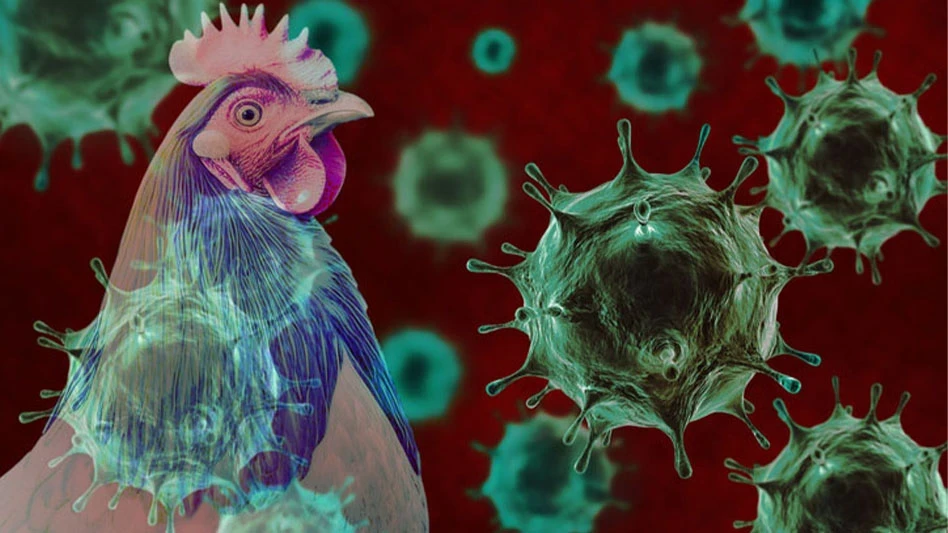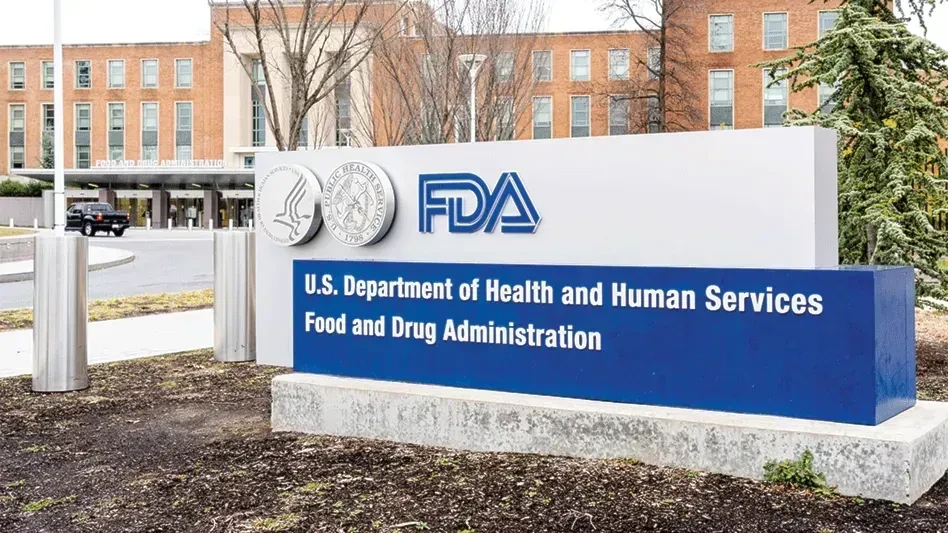
The U.S. Food and Drug Administration (FDA) unveiled the Chemical Contaminants Transparency Tool (CCT Tool), an online searchable database providing a consolidated list of contaminant levels (e.g., tolerances, action levels and guidance levels) that are used to evaluate potential health risks of contaminants in human foods. Chemical contaminants include a broad range of chemical substances that may be present in food and that have the potential to cause harm.
“HHS is committed to radical transparency to give Americans authentic, informed consent about what they are eating,” said U.S. Department of Health and Human Services Secretary Robert F. Kennedy Jr. “This new Chemical Contaminants Transparency Tool is a critical step for industry to Make America Healthy Again.”
To protect public health and help industry market products that are safe for U.S. consumers, the FDA establishes or utilizes tolerances, action levels and guidance levels for some contaminants in food. These are levels above which the agency may find that a food may be unsafe but do not represent permissible levels of contamination. The FDA uses these levels to help minimize or prevent chemical hazards in food.
“Ideally, there would be no contaminants in our food supply, but chemical contaminants may occur in food when they are present in the growing, storage or processing environments,” said Acting FDA Commissioner Sara Brenner, M.D., M.P.H. “Because many of the most nutritious foods can also contain contaminants, consumers should eat a variety of nutrient-dense foods across and within the main food groups of vegetables, fruits, grains, dairy and protein to help protect from possible exposure effects.”
The CCT Tool, which provides contaminant levels in one location for ease of searching, is one of the outcomes of the FDA’s initiative to modernize food chemical safety. The consolidated list includes the contaminant name, commodity, contaminant level type (e.g., action level, guidance level), level value and reference (e.g., Code of Federal Regulations, FDA Guidance for Industry). The list can be filtered by contaminant type.
Latest from Quality Assurance & Food Safety
- Seeding The Future Global Food System Challenge Finalists Revealed
- TraceGains Launches AI-Powered Intelligent Document Processing to Improve Ingredient Safety, Compliance
- IFT Virtual Workshop on Food Fraud Prevention to Address Supply Chain Disruptions
- Penn State Course Covers Fundamentals of Food Science
- Joint FAO/WHO Expert Committee on Food Additives Seeks Experts
- FDA Reschedules Webinar on Updated ‘Healthy’ Claim
- Thousands More Laid Off at FDA, CDC in HHS Restructuring
- USDA Extends Deadline on Request for Information for Poultry Quality Standards
